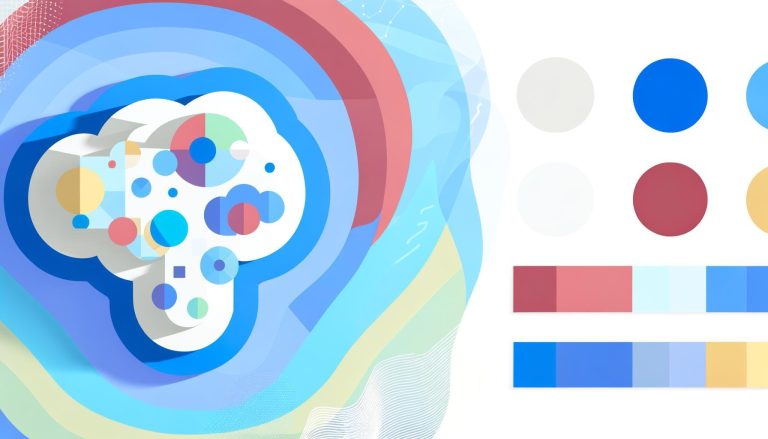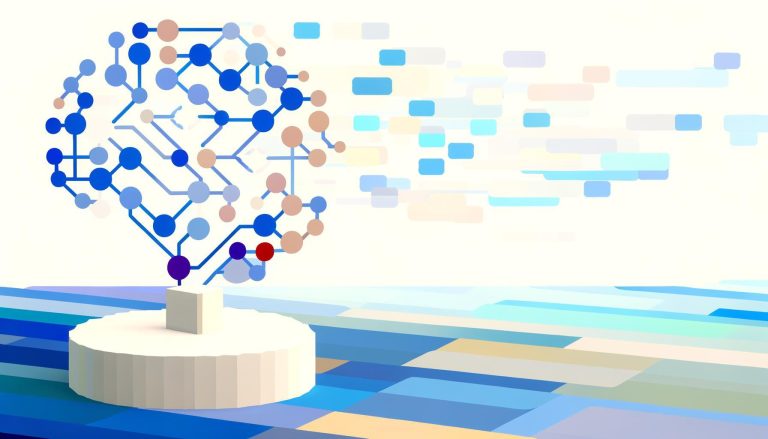In today’s fast-paced digital workplace, IT professionals face a unique set of challenges. Among them is technostress, a term used to describe the stress and anxiety that arise from working with technology. Given the increasing reliance on digital tools, this form of stress is becoming a significant concern. This article discusses effective strategies, including leveraging artificial intelligence (AI), to manage technostress for IT professionals.
Understanding Technostress and Its Impact
Technostress is not just a buzzword; it is a real phenomenon that can significantly impact the well-being and productivity of IT professionals. Common symptoms include:
- Burnout and fatigue
- Difficulty concentrating
- Reduced job satisfaction
- Physical ailments such as headaches and sleep disturbances
Addressing technostress is crucial not only for the mental health of IT professionals but also for maintaining a productive work environment.
AI Strategies to Combat Technostress
Artificial Intelligence (AI) offers several strategies to help manage technostress effectively. Here are some practical ways AI can assist:
1. Automating Repetitive Tasks
One of the main stressors for IT professionals is the overload of repetitive tasks. AI can automate many of these, freeing up time and reducing stress. For example:
- Routine Maintenance: AI systems can perform software updates, backup operations, and other routine maintenance tasks with minimal human intervention.
- Incident Management: AI can help in monitoring systems for potential issues and automatically resolve common incidents.
2. Enhancing Decision-Making
Decision-making in IT is often complex and high-stakes. AI can assist by providing data-driven insights, thereby reducing the pressure on IT professionals to make quick decisions under stress. AI tools can help in:
- Predictive Analytics: Forecasting potential system failures and identifying patterns in data.
- Resource Allocation: Optimizing the use of resources based on historical data and current trends.
3. Personalizing the Work Environment
AI can personalize the digital work environment to suit individual preferences, thereby reducing stress. This can include:
- Customized Workflow: Tailoring workflows to fit personal work styles and preferences.
- Intelligent Notifications: Managing and filtering notifications to prevent information overload.
Practical Tips for Reducing Technostress
Aside from leveraging AI, there are several practical steps IT professionals can take to manage technostress:
1. Set Clear Boundaries
Define specific work hours and stick to them. Turning off work-related notifications outside these hours can help establish a clear boundary between work and personal life.
2. Take Regular Breaks
Short, frequent breaks can help reduce eye strain and mental fatigue. Use these breaks to step away from screens and engage in physical activity.
3. Prioritize Tasks
Use task management tools to prioritize tasks and break them down into manageable chunks. This can help reduce the feeling of being overwhelmed.
4. Continuous Learning
Stay updated with the latest technological advancements. Continuous learning can boost confidence and reduce the anxiety associated with being out of the loop.
Benefits of Managing Technostress
The benefits of effectively managing technostress go beyond individual well-being:
- Increased Productivity: Reduced stress levels can lead to higher productivity and better job performance.
- Enhanced Job Satisfaction: A more manageable workload and less stress can significantly enhance job satisfaction.
- Better Team Dynamics: Reduced individual stress can lead to better collaboration and communication within teams.
The Role of Organizations
Organizations play a crucial role in managing technostress. They can implement several strategies to support their IT professionals:
1. Provide Training and Resources
Offer training programs to help employees better understand and utilize AI tools. Providing access to mental health resources is also essential.
2. Foster a Supportive Culture
Create a work culture that encourages open communication and support. Ensure that employees feel comfortable discussing their stress and seeking help.
3. Implement Flexible Work Policies
Allow flexible work arrangements to help employees manage their work-life balance better. This can include remote work options and flexible hours.
Conclusion
Technostress is a growing concern in the digital workplace, particularly for IT professionals. However, by leveraging AI strategies and implementing practical tips, it is possible to manage this stress effectively. Organizations also have a critical role to play in creating a supportive environment that mitigates technostress. By understanding and addressing technostress, IT professionals can enjoy a healthier work-life balance and achieve greater job satisfaction.
By incorporating the recommendations outlined in this article, IT professionals can navigate the digital landscape with greater ease and resilience. If you find that managing technostress is challenging, consider using tools like the Zenora app, which offers mood and habit tracking, journal entries, and goal-setting features to help you stay on top of your mental well-being and productivity.





